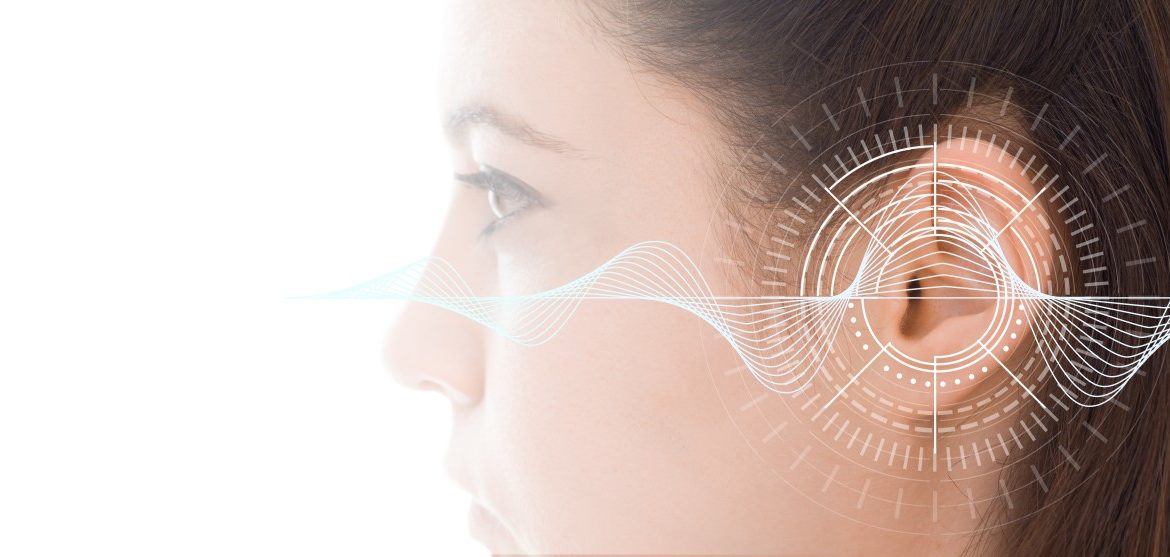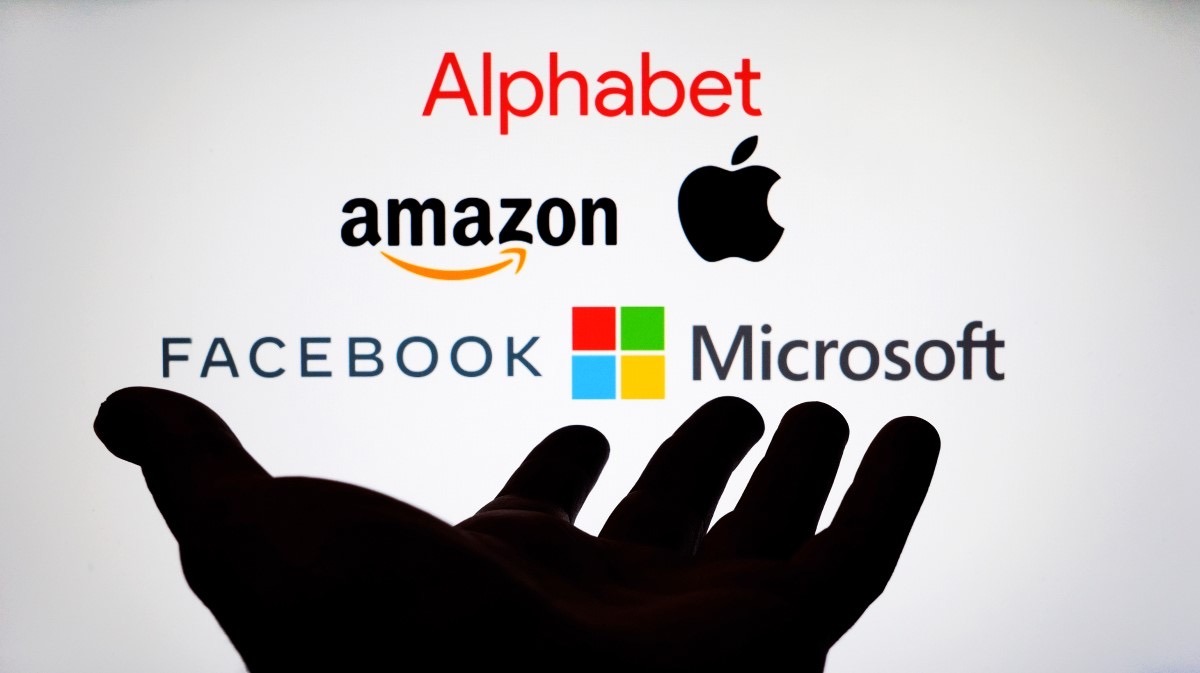People began using hearing aids decades ago. However, they have come a long way since then. In the beginning, analogue hearing aids barely had anything between the speaker and the microphone. Nowadays, new digital devices can filter sound by frequency. They deliver sounds based on the wearer’s unique needs, which is quite an achievement. Furthermore, there are several technologies that will likely leave a significant mark in the hearing-aid evolution.
How are these technologies transforming hearing aids?
New hearing aids can connect to other devices. Thanks to Bluetooth compatibility, the functionality of hearing aids expanded massively. As a result, you can use your devices not only for hearing but also to listen to music and receive phone calls. Some hearing aid manufacturers even provide devices that you can control from your phone.
Moreover, some hearing aids learn user’s preferences. When equipped with artificial intelligence and machine learning, these devices can adjust themselves to the user’s liking, saving users the hassle of calibrating them themselves. You can simply record your settings when you are in certain environments. The hearing aid will automatically make the changes the next time you happen to be in a similar environment. While you will need to make the changes manually at first, gradually, the technology will sync to your needs. After that, you will barely have to open your app.
Some hearing aids come with automatic suppression of background noises. Analog or older digital hearing aids couldn’t tell different sounds apart. As a result, all sounds were amplified to the same degree as speech. However, recent technological advancements have enabled hearing aids to separate speech from background noises. So, they only amplify what’s needed.
Hearing aids using this ability are usually fitted with directional microphones. They are specifically designed, as well as positioned to amplify sounds that come from the front side of the user. Meanwhile, anything that comes from the sides or back doesn’t get the same attention. The wearer can hear them but under sounds coming from their front.
You can recharge most modern hearing aids
Removing and inserting battering in hearing aids can prove an annoyance due to their size. It’s a fiddly job that anyone may struggle to handle. Furthermore, removable batteries could be toxic if kids or pets swallow them accidentally.
Considering all these, the integrated rechargeable batteries were long overdue. Thankfully, most companies quickly incorporated the technology into their new devices. Nowadays, a fully charged hearing aid typically works up to two days before requiring another charge.
















